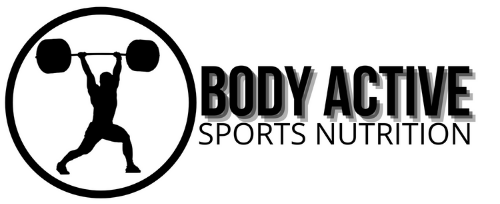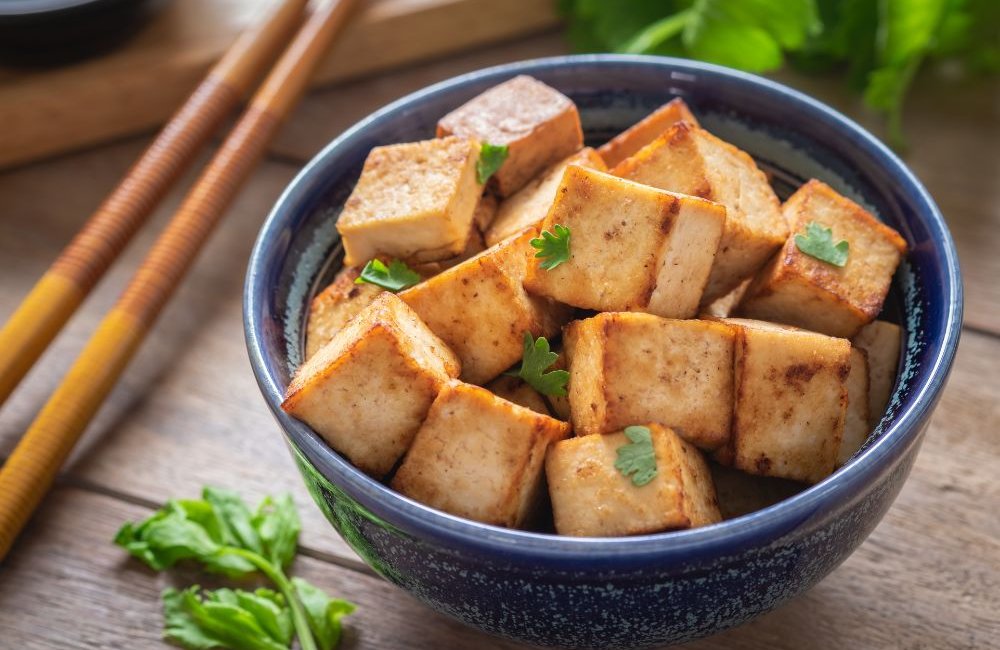For vegetarians looking to build muscle mass, protein is essential. While beans and lentils are popular sources, there are numerous other alternatives that can help meet protein needs. The following is a list of some great protein sources to consider.
1. Quinoa
Quinoa is a complete protein that includes all nine essential amino acids. It is also high in fiber, magnesium, and other essential minerals. Quinoa can serve as a base for salads, bowls, and side dishes.
2. Tofu and Tempeh
Both tofu and tempeh are derived from soybeans and are packed with protein. Tofu is versatile and can be used in stir-fries, soups, or even smoothies. Tempeh, which is fermented, has a nuttier flavor and can be grilled, sautéed, or crumbled into dishes.
3. Greek Yogurt
Greek yogurt is not only high in protein but also contains probiotics for gut health. It can be eaten on its own, mixed with fruits, or used as a base for smoothies and sauces. Look for unsweetened varieties to avoid added sugars.
4. Seitan
Seitan, made from wheat gluten, is a protein-rich meat substitute that mimics the texture of meat. It’s incredibly versatile and can be used in various dishes, from stir-fries to sandwiches. Note that it’s not suitable for those with gluten sensitivities.
5. Nuts and Nut Butters
Nuts, such as almonds, walnuts, and cashews, are great protein sources and healthy fats. Nut butters like almond or peanut butter can be spread on toast, added to smoothies, or used in sauces.
6. Chia Seeds and Hemp Seeds
Chia and hemp seeds are nutrient-dense options that can easily be added to smoothies, yogurt, or oatmeal. They’re rich in omega-3 fatty acids, fiber, and protein, making them an excellent addition to a vegetarian diet.
7. Edamame
Young soybeans, or edamame, are not only high in protein but also a great snack. They can be steamed and eaten on their own or added to salads and grain bowls for a protein boost.
8. Protein Powders
Plant-based protein powders, such as pea protein, brown rice protein, or hemp protein, can be a convenient way to increase protein intake. They can be mixed into smoothies, oatmeal, or baked goods.
9. Nutritional Yeast
Nutritional yeast is a deactivated yeast that is rich in protein and B vitamins. It has a cheesy flavor and can be sprinkled on popcorn, pasta, or salads for added taste and nutrition.
10. Spirulina
This blue-green algae is incredibly nutrient-dense, offering a high protein content. Spirulina can be added to smoothies or juices, though it has a strong flavor that may take some getting used to.
Conclusion
Building muscle mass as a vegetarian is entirely achievable with a variety of protein sources beyond beans and lentils. Incorporating these alternatives into your diet can help ensure you’re getting the necessary nutrients for muscle growth and overall health. Experimenting with different foods can also keep meals interesting and satisfying.

